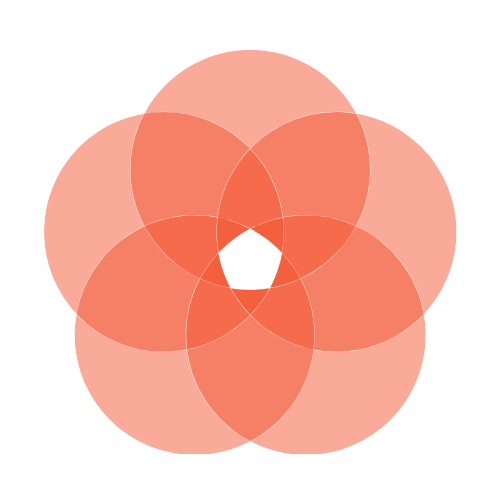 Basti
Bastito terapeutyczne lewatywy. Istnieje wiele różnych rodzajów lewatyw, jedne
używane są w celu wzmocnienia mięśniówki i stymulacji pracy jelita, inne do
redukcji kumulujących się w nim substancji. Czyszczące lewatywy, stosowane w panczakarmie,
mają na celu wydalenie nadmiaru waty z jelita grubego; typowe wlewy składają
się z namydlonej ciepłej wody z dodatkiem ziół, przypraw, miodu, oleju lub
innych lekarstw, w zależności od stopnia schorzenia i miejsca wprowadzenia
(wlew może być nie tylko do odbytnicy, ale również przez cewkę moczową lub
pochwę). Wlewy z czystej wody, bez dodatku oleju czy ziół, mogą wysuszać i
uszkadzać ścianki jelita. Kurację najlepiej jest przeprowadzać wczesnym
rankiem, w okresie dominacji wata. Pacjent powinien wydalić wlew najpóźniej po
45 minutach – ziołowe odwary oczyszczające wykazują bowiem silnie kwaśne
właściwości mogące uszkodzić ścianki jelita. Lewatywy oczyszczające mogą być
uzupełniane wlewami odżywczymi i budującymi, zawierającymi olej sezamowy – te
mogą utrzymywać się w jelitach przez dłuższy okres, nawet do 9 godzin. Jeśli
organizm nie wydala wlewu zbyt długo, należy sprowokować go przez zażycie
środków przeczyszczających. Obecnie w terapii pańczakarma istnieje wyraźny
podział basti na lewatywy olejowe i czyszczące. Lewatywy tzw. olejowe są
wykonywane jako pierwsze – ich celem jest nawilżenie jelita grubego i zmiękczenie złogów przyklejonych do jego ścianek. Wlew
ten pacjent powinien utrzymać minimum około godziny, podczas gdy traktaty
ajurwedyjskie określają ten czas od 2 do 8 a nawet 9 godzin. W rzeczywistości,
według opinii lekarzy, ścianki jelit i zwieracze pacjentów są dziś zbyt słabe,
by wytrzymały napór wlewu przez tak długi okres czasu. Skraca się również czas
wlewu czyszczącego – wykonuje się go każdej porze dnia (należy zachować
kilkugodzinny odstęp po spożyciu posiłku) skupiając uwagę na konkretnym narządzie.
W zależności od kondycji narządów, wlewy mogą być powtarzane kilka do
kilkunastu dni – jest to bowiem najważniejszy element panczakarmy, a prawidłowo
wykonany skutkuje pełnym oczyszczeniem. W przeciwnym razie toksyny, które
zostały nagromadzone od początku terapii w jelicie grubym zostaną z powrotem
wchłonięte do tkanek organizmu. Wlew ten pacjent powinien, według pism
ajurwedy, trzymać do 45 minut, w rzeczywistości napór jest tak silny, że
pacjenci wytrzymują od 5 do 10, a sporadycznie 20 minut. Zabieg basti powinien
zakończyć wlew budujący i odżywczy – w klinikach jest to praktykowane tylko po
wielu lewatywach czyszczących; w innych przypadkach pacjent pozostawiany jest
sam sobie z dalszymi zaleceniami dotyczącymi diety i metod odbudowywania, zniszczonej
ziołami o silnym działaniu, flory bakteryjnej w obrębie jelit.
basti są przede wszystkim hemoroidy i nieżyt odbytu, choroby skóry i cukrzyca.
Basti are therapeutic enemas. There are many different types of enemas, some are used to strengthen the muscles and stimulate intestinal work, others to reduce the cumulative substances in it. Cleansing enemas, used in panchakarma, are aimed at expelling excess vatta from the large intestine; typical infusions consist of soapy warm water with the addition of herbs, spices, honey, oil or other medications, depending on the degree of disease and place of introduction (the infusion may be not only into the rectum, but also through the urethra or vagina). Pure water infusions, with no added oil or herbs, can dry and damage the intestinal walls. The treatment is best carried out in the early morning, during the domination of vatta. The patient should clear the infusion at the latest after 45 minutes – herbal cleansing decoctions have strong acidic properties that can damage the intestinal walls. Enema cleansing can be supplemented with nutritional and building fillers containing sesame oil – these can persist in the intestines for a longer period, up to 9 hours. If the body does not discharge too long, it should be provoked by taking laxatives. Currently, in the therapy of panchakarma, there is a clear division of basti into oil and cleaning enemas. oils enemas are made first – their goal is to moisturize the large intestine and soften the deposits stuck to its walls. The infusion should maintain a minimum of about an hour, while Ayurvedic treats determine this time from 2 to 8 or even 9 hours. In fact, according to physicians’ opinions, intestinal walls and sphincter patients are too weak today to withstand the infusion over such a long period of time. The cleaning infusion time is also shortened – it is performed at any time of the day (a few hours should be kept after eating a meal), focusing on the specific organ. Depending on the condition of organs, infusions can be repeated a few to a dozen or so days – this is the most important element of panchakarma, and properly performed results in full purification. Otherwise, the toxins that have been accumulated since the beginning of therapy in the large intestine will be absorbed back into the tissues of the body. This infusion should be up to 45 minutes according to Ayurvedic writing, in fact the pressure is so strong that patients can withstand 5 to 10, and occasionally 20 minutes. The basti procedure should end the building and nourishing infusion – in clinics it is practiced only after many enema cleansing; in other cases, the patient is left alone with further recommendations for diet and methods of rebuilding, destroyed by herbs with a strong action, intestinal flora.
The contraindication to carry out basties are primarily hemorrhoids and anal fever, skin diseases and diabetes.

